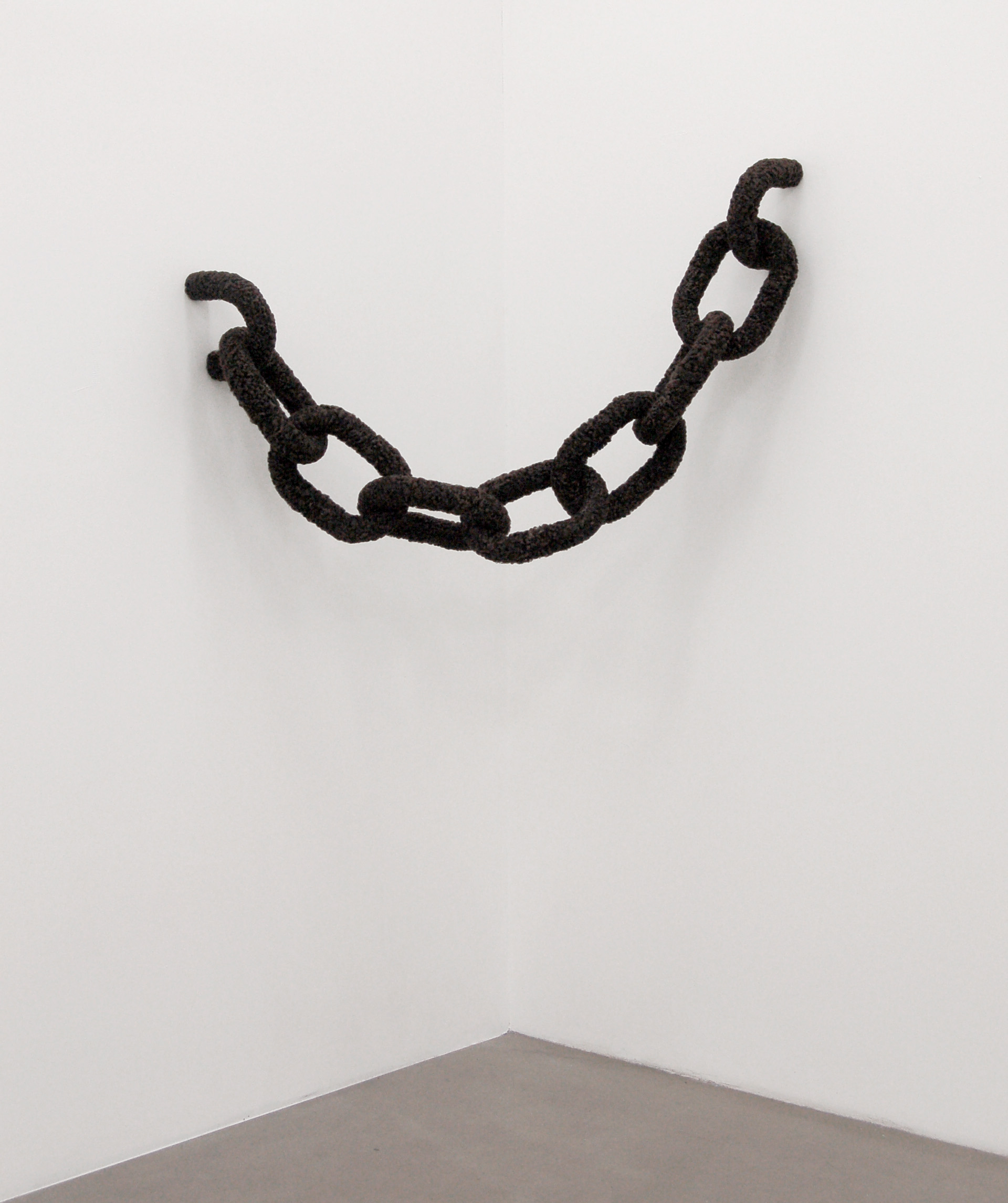Opening reception: Thursday, 6 March, 7pm
Exhibition dates: 6 March – 06 April 2008
Curated by: Marianne Zamecznik
Artists: Bella Rune (SE), Boris Achour (FR), Caroline Achaintre (FR), Franziska Furter (CH), Karl Larsson (SE), Lars Laumann (NO) and Mikkel Wettre (NO)
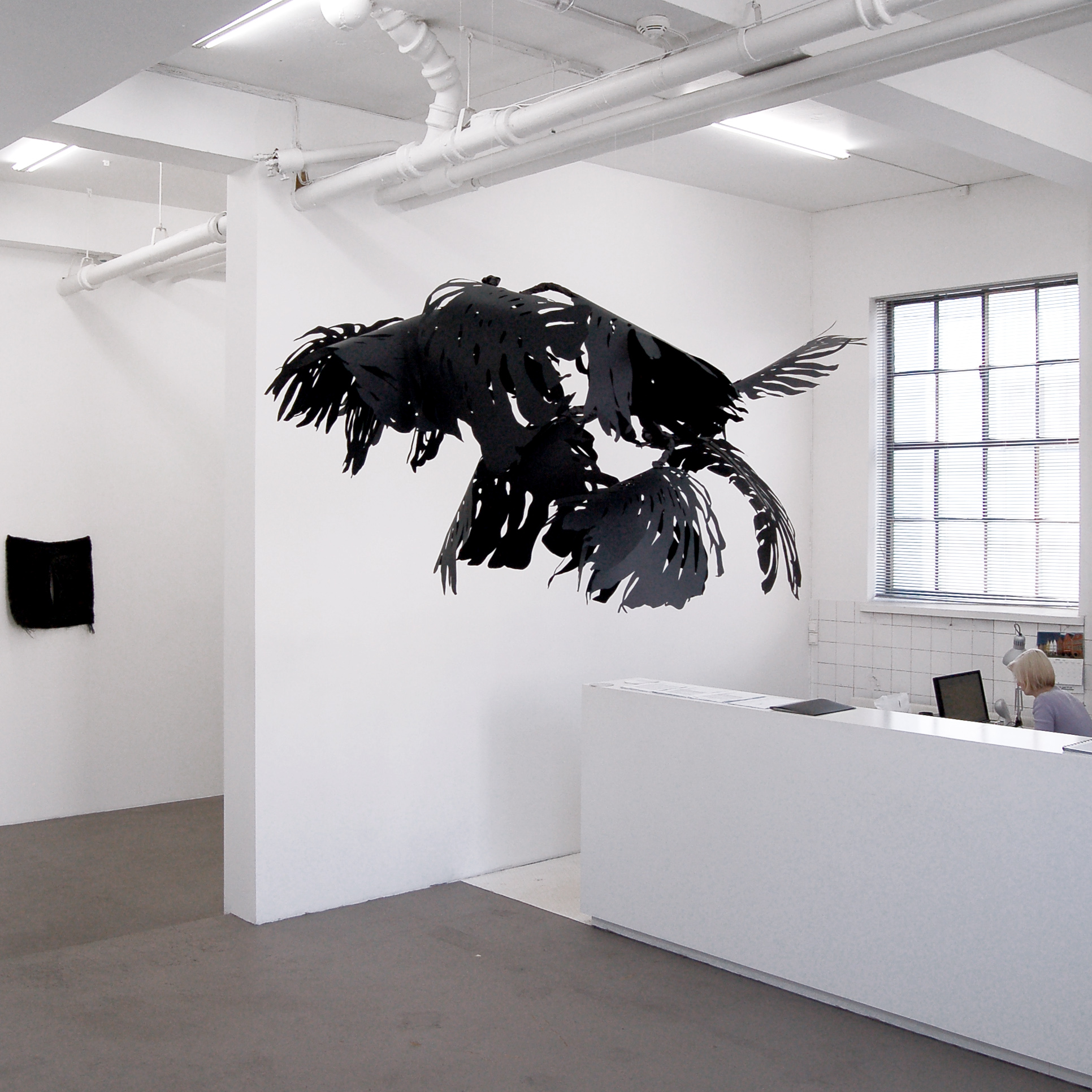
Soft spot – Exhibition overview (from left to right) : Magdalena Abakanowicz : Carrè 1 | Franziska Furter : Monstera.
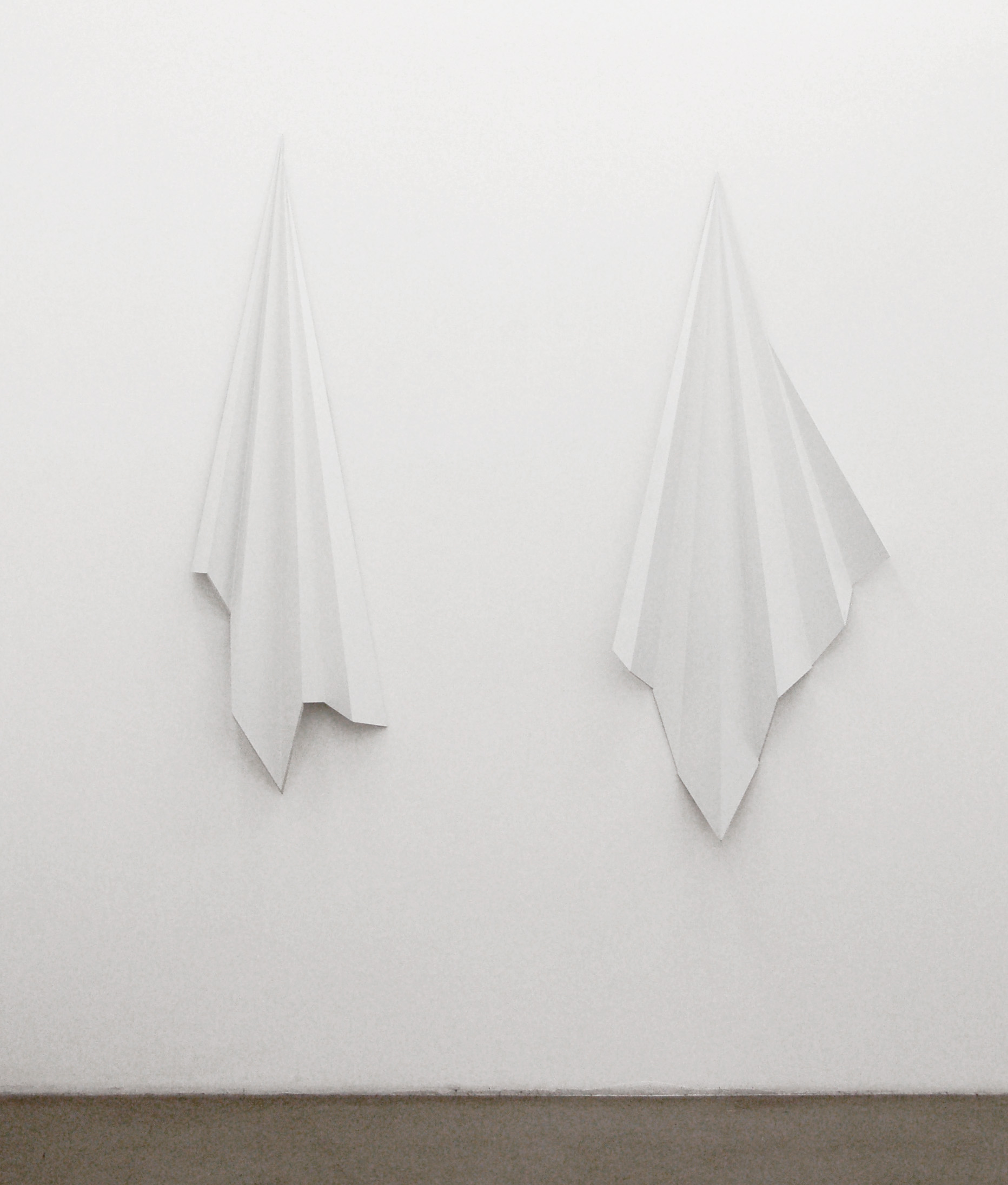
Mikkel Wettre, Holy Mountain, 2007, spraypainted mdf, 150 cm x 50 cm.
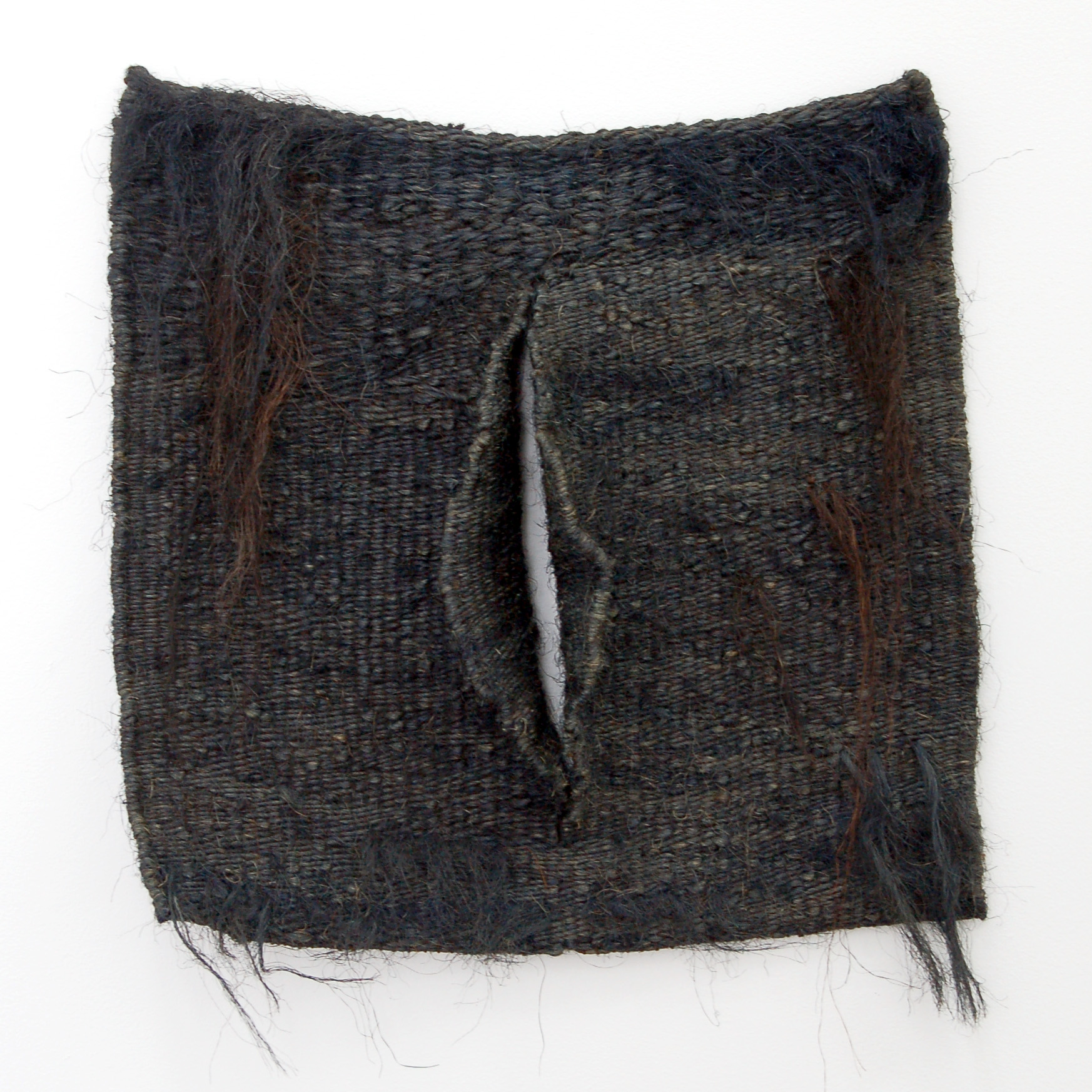
Magdalena Abakanowicz, Carrè 1,1971, woven sisal, 60 cm x 60 cm, Courtesy of Piotr & Lissen Zamecznik and the artist.
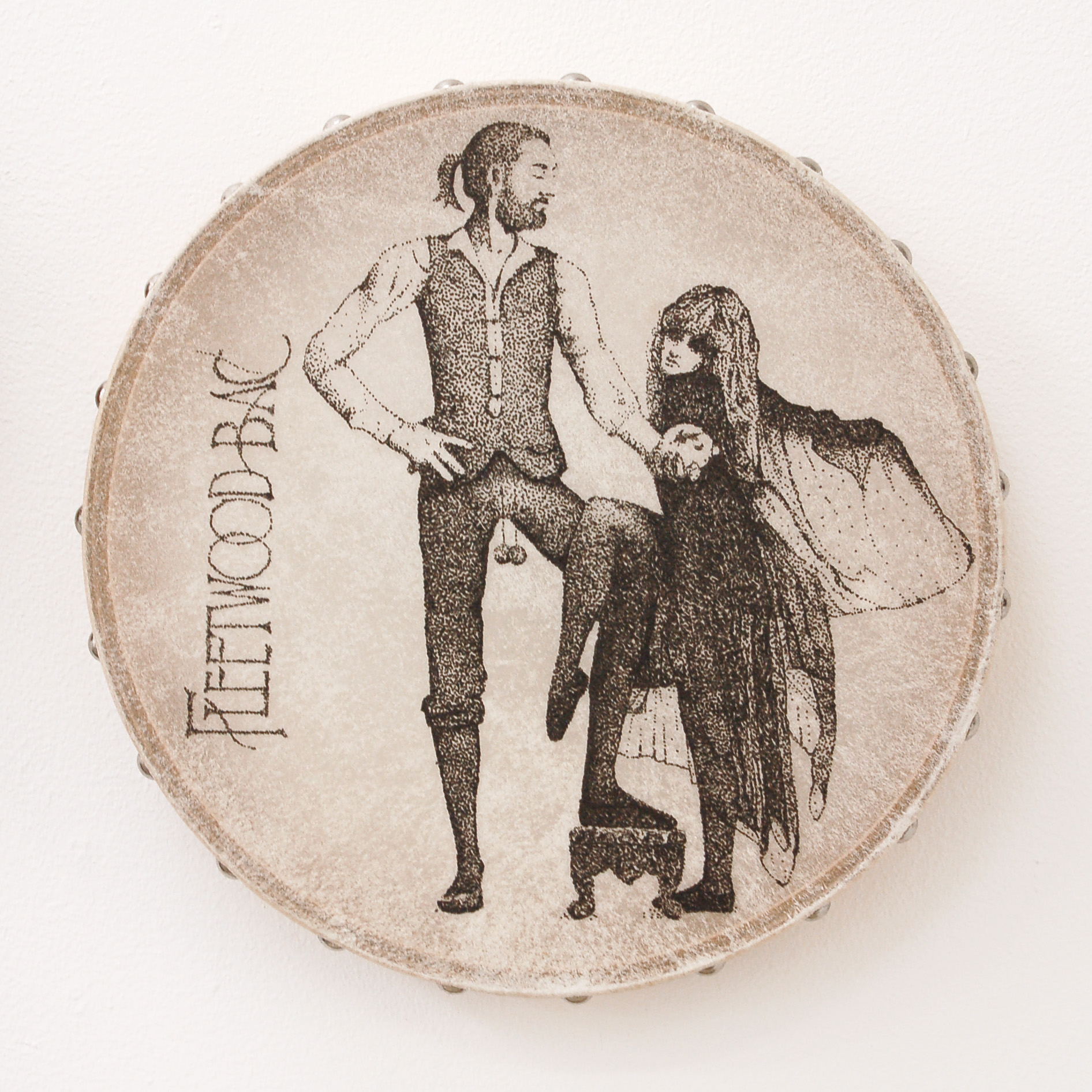
Lars Laumann, A night of a thousand Stevie Nicks, 2006, Ink on tambourine, 25 cm x 6 cm, Courtesy of Air de Paris, Paris.
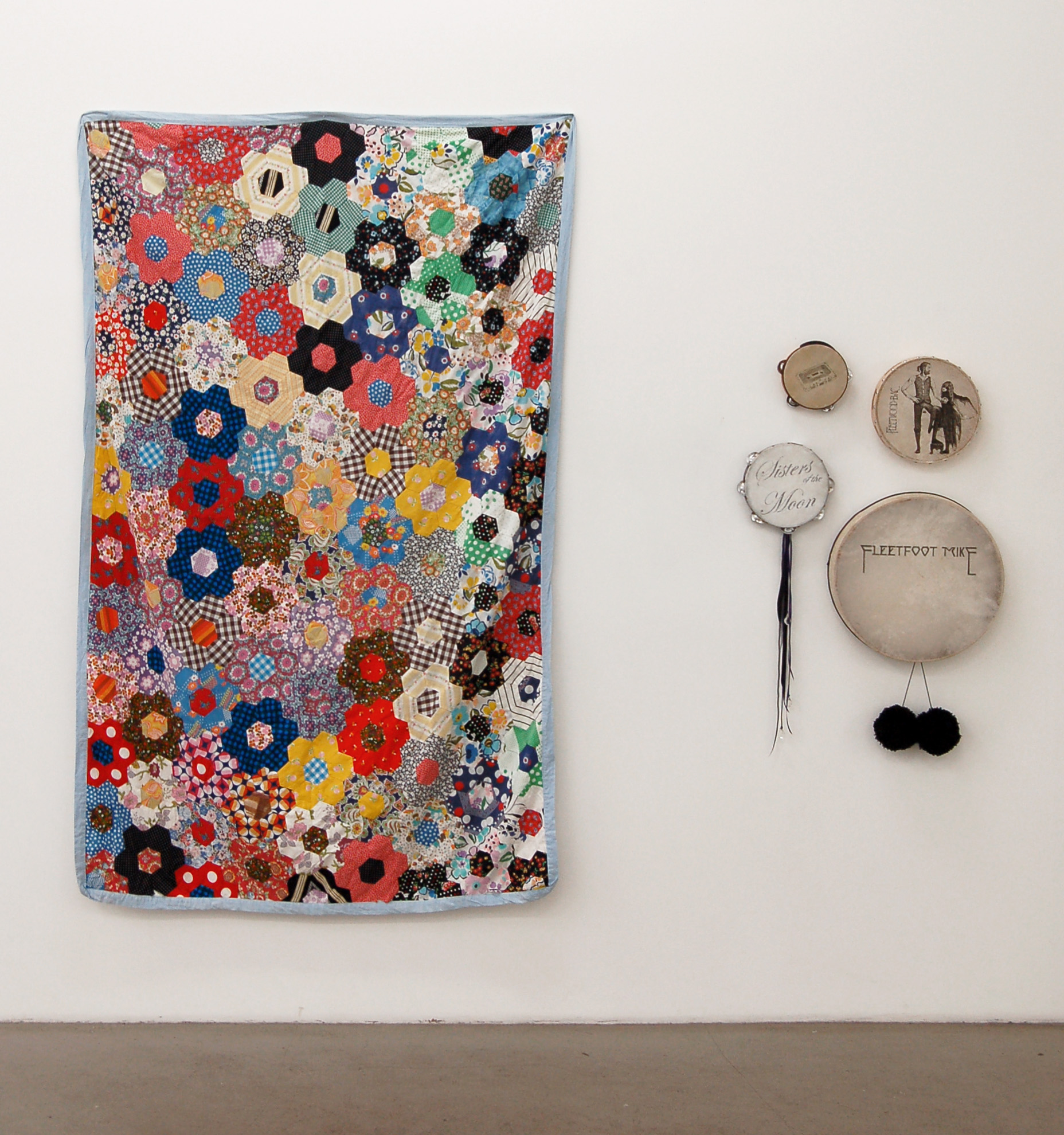
Lars Laumann, Take your silverspoon and dig your grave, 2008, Quilt, ambourines, dimensions variable – detail view.
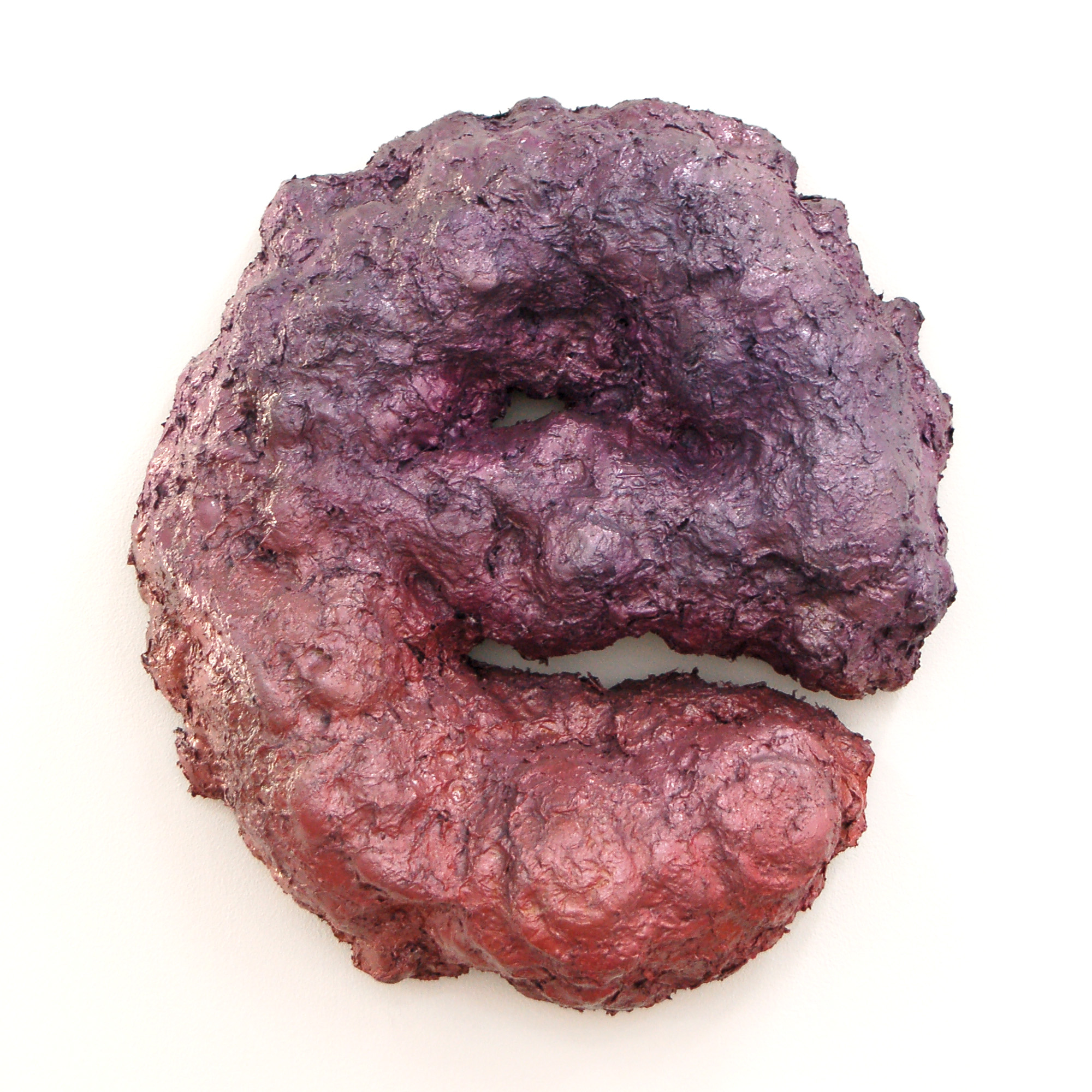
Boris Achour, Conatus (Yes) title, 2007, mixed media, 230 cm x 130 cm – detail view.
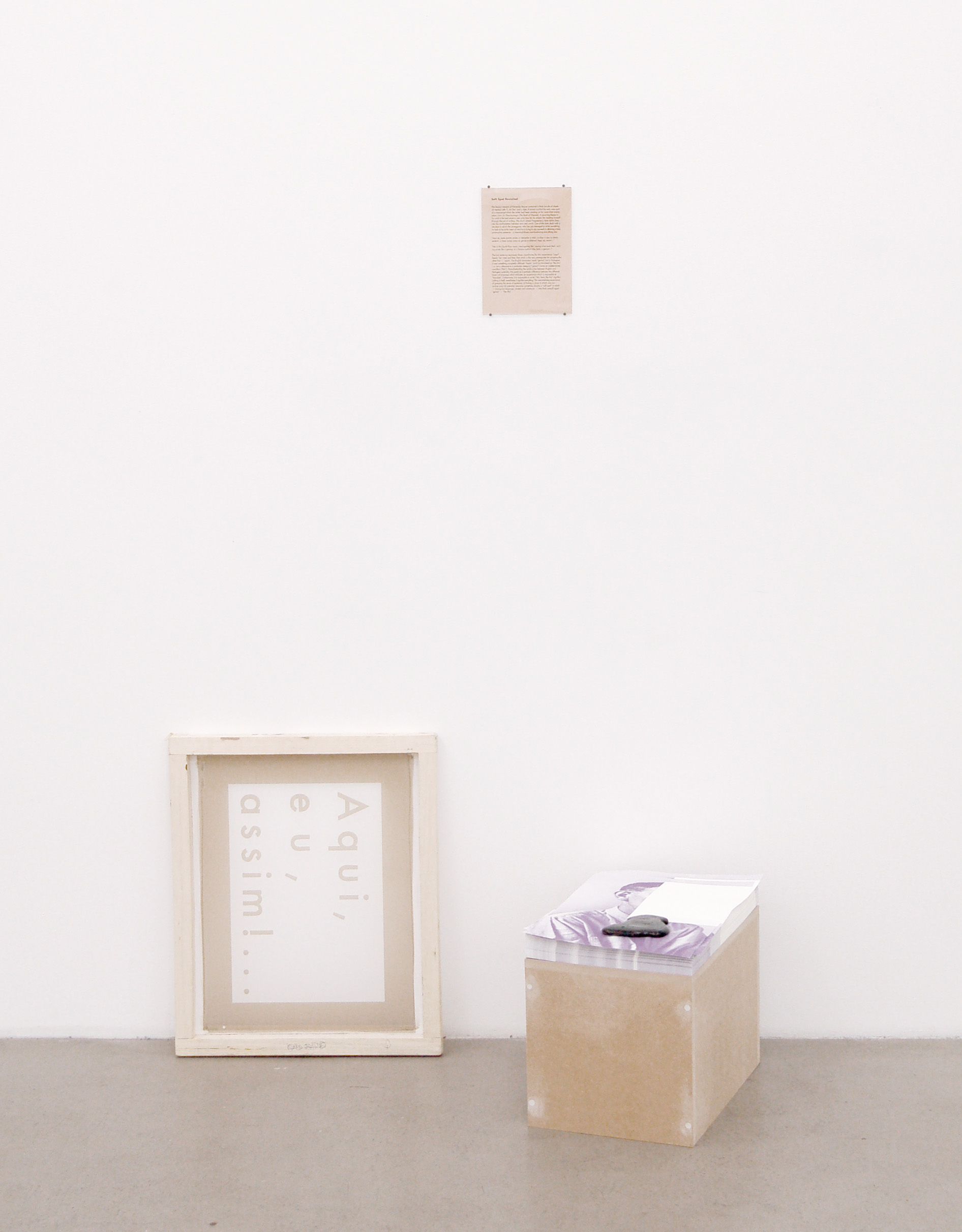
Karl Larsson, Soft Spot Revisited, 2008, mixed media, dimensions variable.
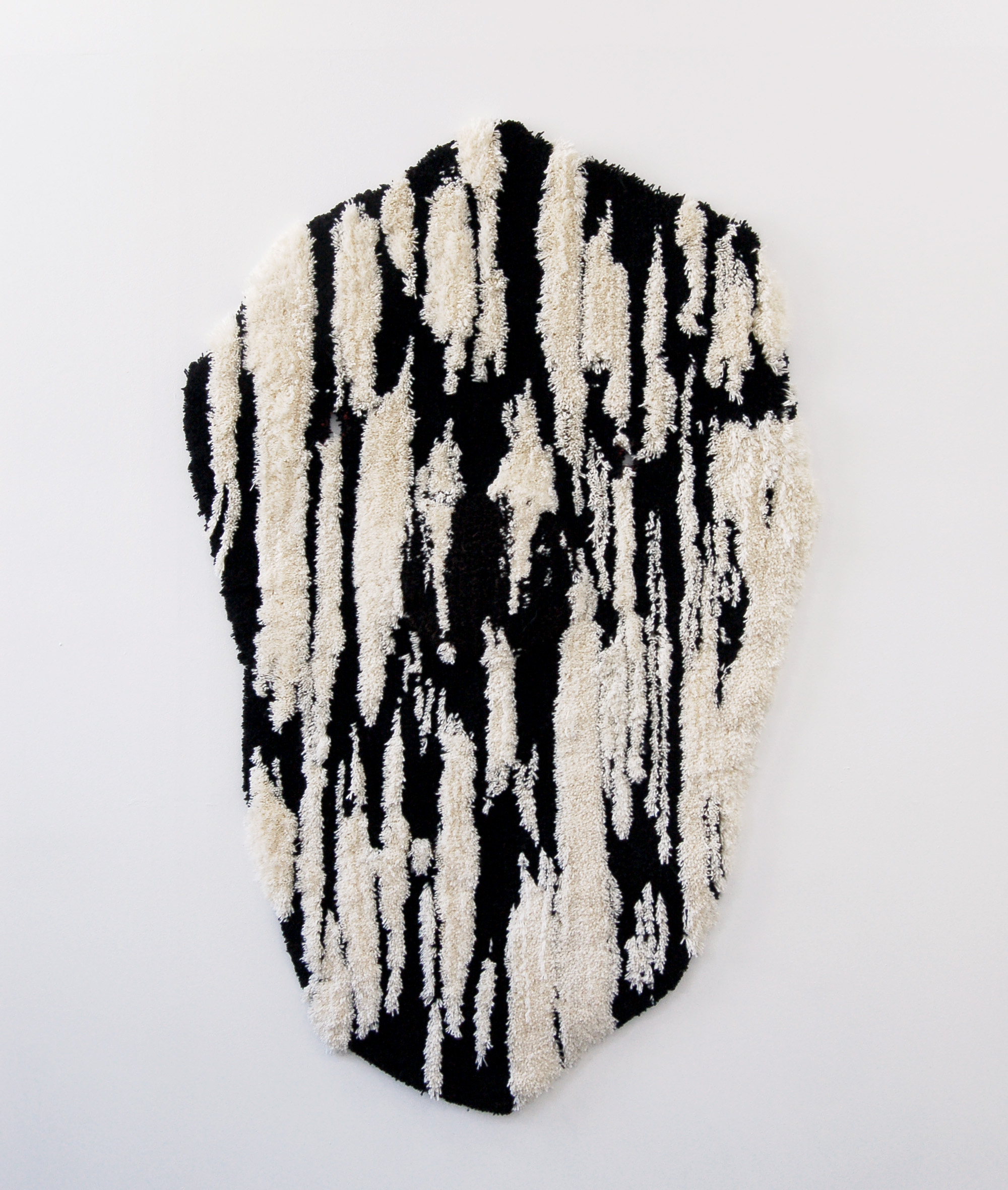
Caroline Achaintre, Nose, 2007, hand tufted wool, 190 cm x 124 cm, Courtesy of Blow de la Barra, London.
